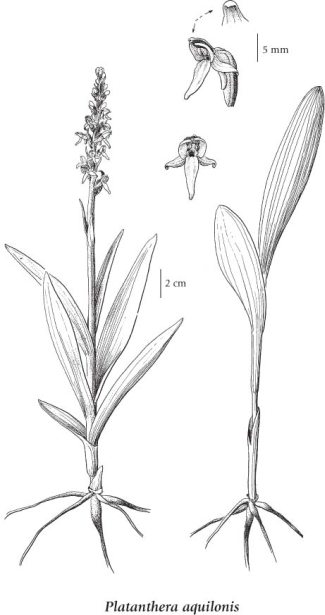Platanthera aquilonis Sheviak
northern green rein orchid (northern green bog orchid; northern green orchid)
Orchidaceae (Orchid family)
Introduction to Vascular Plants
northern green rein orchid (northern green bog orchid; northern green orchid)
Orchidaceae (Orchid family)
Introduction to Vascular Plants
